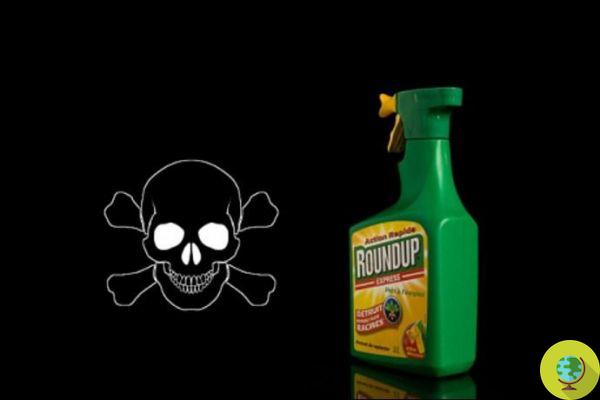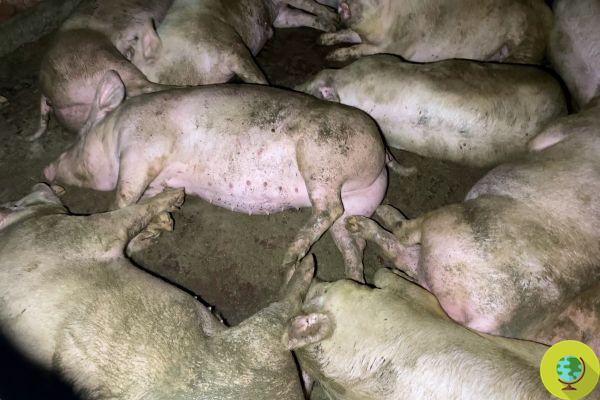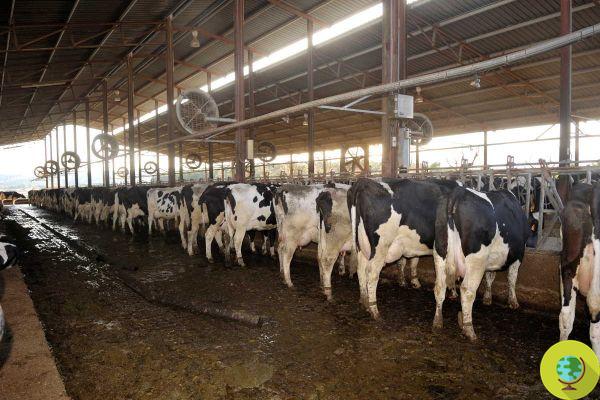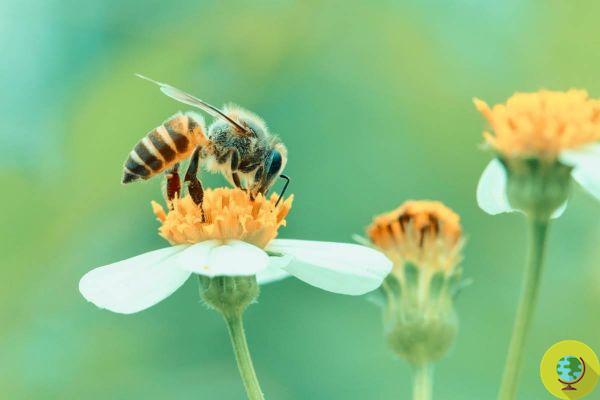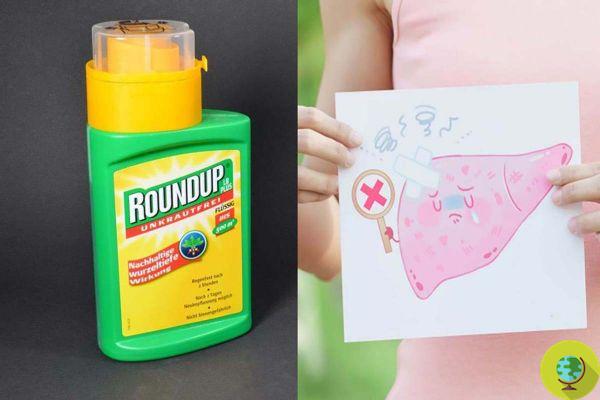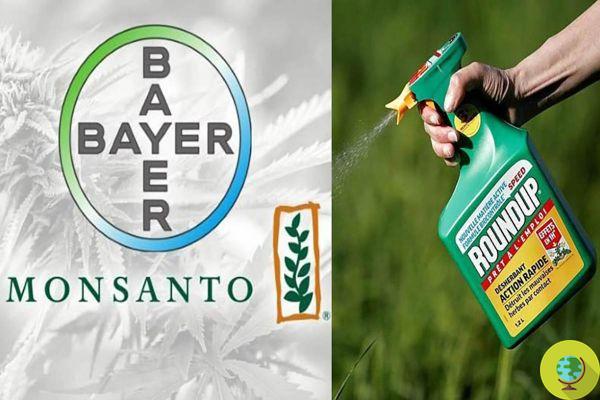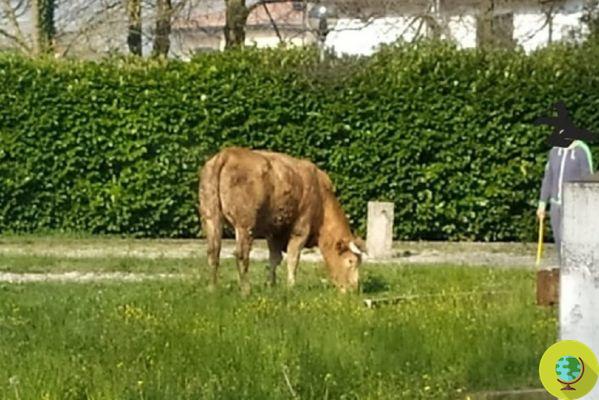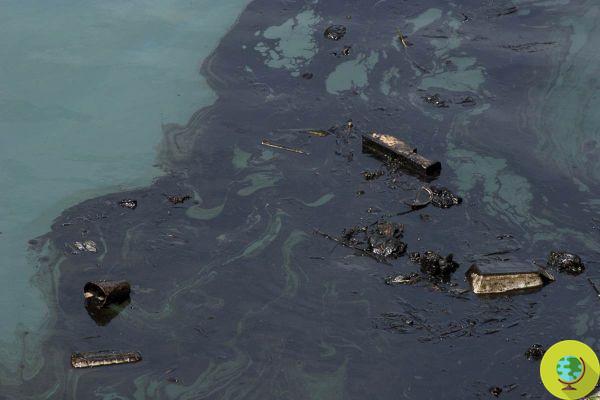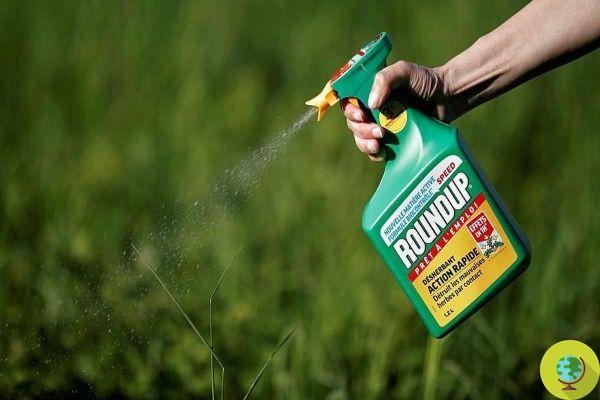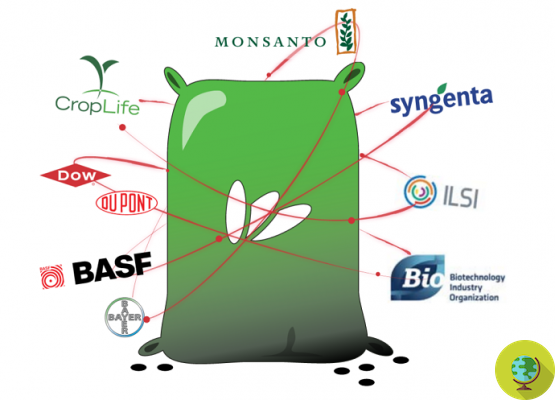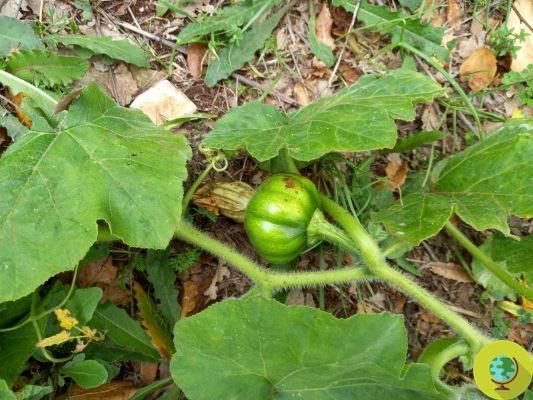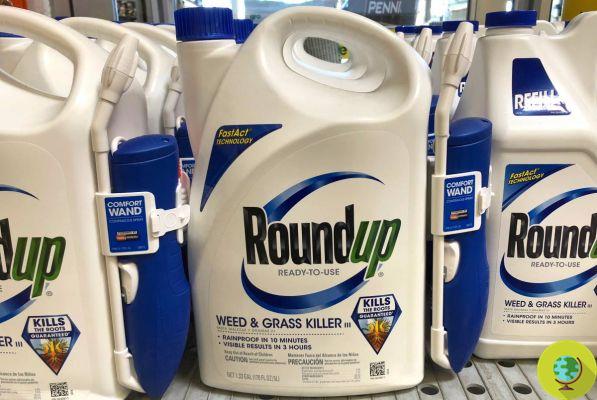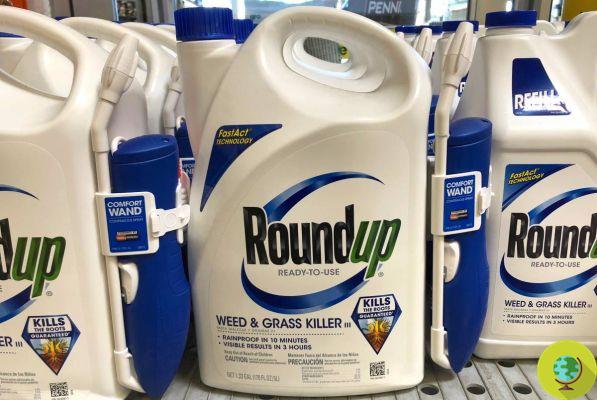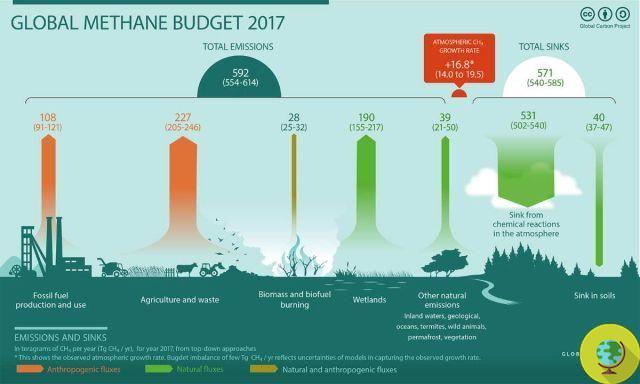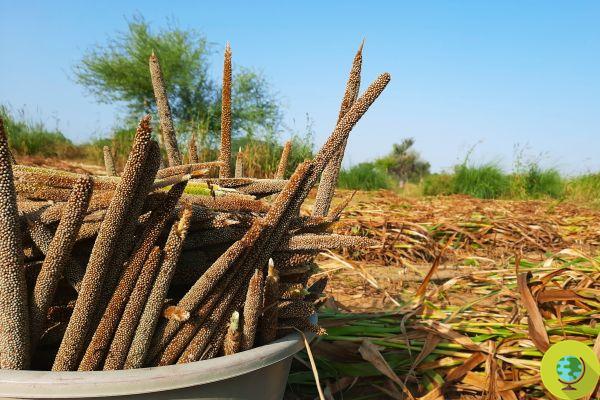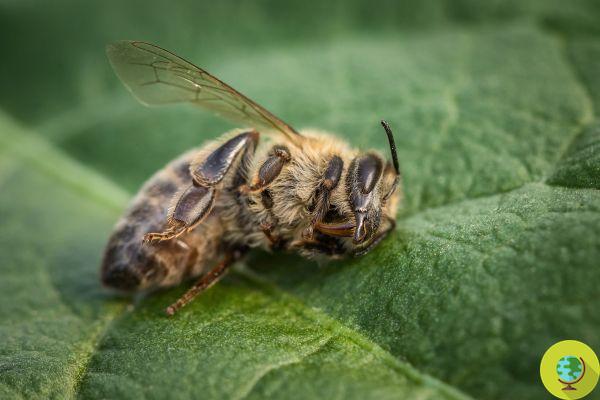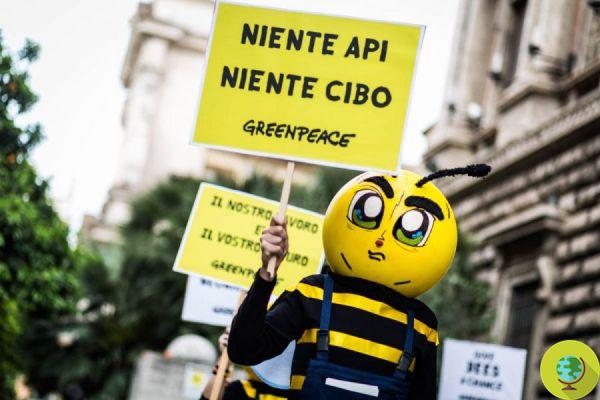
Neonicotinoid pesticides, used in agriculture, could seriously harm bees. The new confirmation comes from an investigation conducted by the EPA. After 20 years, even the US Environmental Protection Agency has admitted that pollinating animals such as bees are at risk from the neonicotinoid midacloprid, a real threat.
He is about to end up run over, his mother saves him
I pesticides neonicotinoids, used in agriculture, could seriously harm bees. The new confirmation comes from an investigation conducted by the EPA. After 20 years, even the US Environmental Protection Agency has admitted that pollinating animals like bees are at risk from the neonicotinoid midacloprid, a real threat.
The EPA assessment, prepared in collaboration with the California Department of Pesticide Regulation, indicates that imidacloprid puts hives at risk when the pesticide comes in contact with certain crops that attract bees.
Omidacloprid is now widely used to kill crop pests, but it can also leave toxic residues on bee-pollinated plants. The EPA has calculated that the new threshold for that residue is 25 parts per billion (ppb), beyond which the effects are clearly visible in bees. The latter are dying en masse in both North America and Europe.
Scientists have found several possible causes, including varroa mites but also the loss of their natural habitat. But not only the only ones. Neonicotinoids and other pesticides are certainly responsible for this.
The preliminary assessment has identified gods residues of imidacloprid above the safety threshold. They cause not only a reduction in honey production but also the death of bees.
For example, the data shows that the citrus fruits and cotton they may have pesticide residues in the pollen and above the limit threshold. Other crops like but e leafy vegetables have a strong reduction in the production of nectar.
"The EPA is committed not only to protecting bees and combating their loss but for the first time evaluates the health of colonies in comparison with neonicotinoid pesticides", he said Jim Jones of the Office of Chemical Safety and Pollution Prevention.
In 2015, the EPA proposed banning the use of pesticides that are toxic to bees, including i neonicotinoids, when the crops are in bloom and the bees are busypollination. The agency has temporarily blocked approval of the pesticide imidacloprid outdoors until ongoing research is complete.
However, it is a pity that these substances have been in use for over two decades.
Francesca Mancuso
READ also:
BEES: EXPOSURE TO NEONICOTINOID PESTICIDES OBSTACLES AND DAMAGES POLLINATION
SULFOXAFLOR, NEW PESTICIDE AUTHORIZED IN EUROPE. AND BEES INCREASINGLY IN DANGER
BEE DEATH: NEONICOTINOID PESTICIDE FAULT, CONFIRMATION IN NEW STUDY




